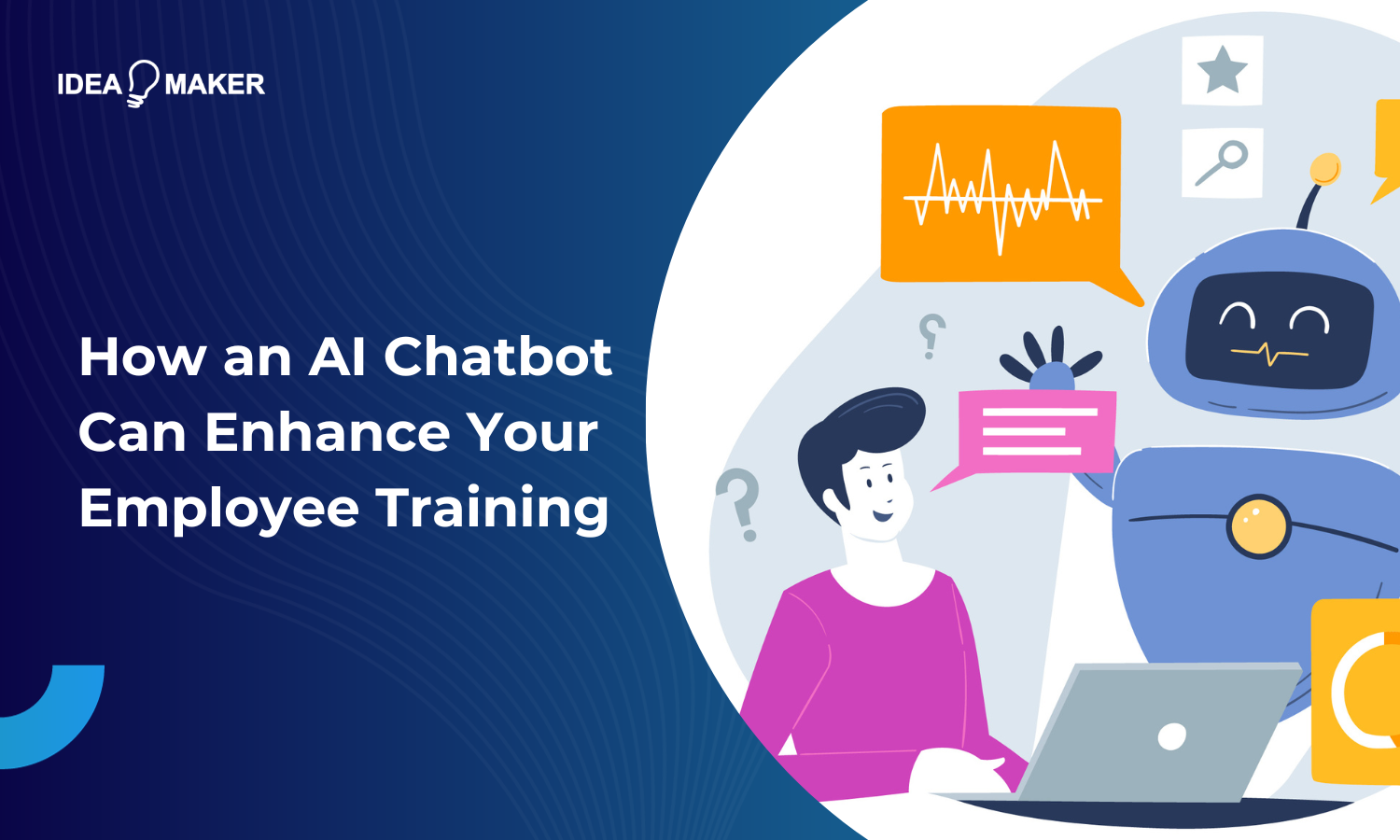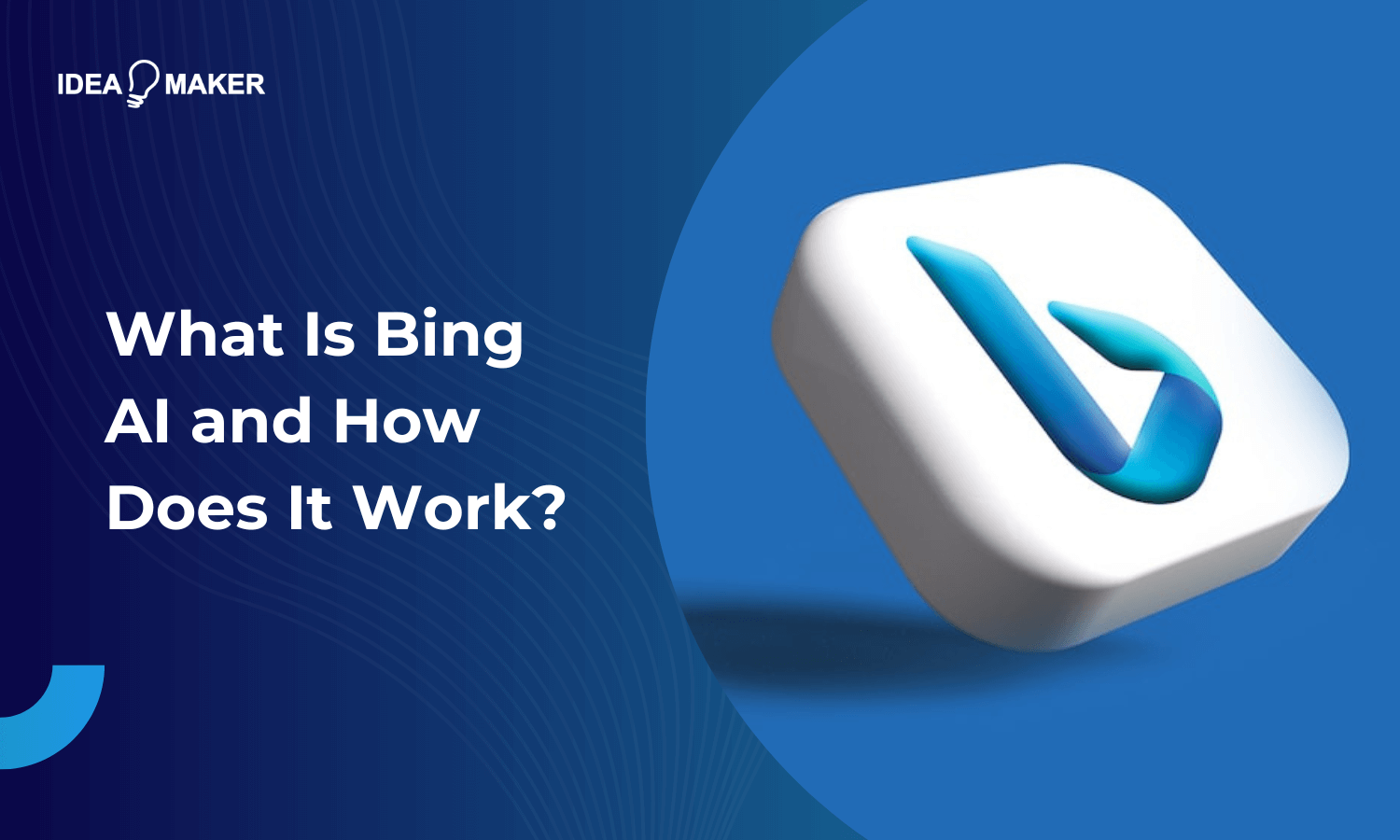Table of Contents
Did you know that the AI chatbot industry is expected to be worth more than $239 billion by 2025? This is thanks to the numerous capabilities AI chatbots can afford businesses, especially in terms of employee training.
In this article, we discuss how AI chatbot’s work and explore how they can be used to optimize your company’s workforce development. Keep reading to learn more.
What Is an AI Chatbot?
An AI chatbot leverages the power of machine learning to understand and produce human language, while also making considerations for the context surrounding the conversation. Unlike traditional computer chatbots that have a set of predefined responses, AI-driven chatbots offer a much more diverse experience, as they are capable of adapting to the dynamic nature of human conversation.
It’s important to note, however, that AI chatbots like ChatGPT don’t actually have the presence of mind that’s required to fully understand context the way humans can. In fact, they are only predicting the most likely relevant response to user inputs in an attempt to mimic human behavior.
Technology Behind AI Chatbots
Because these chatbots are powered by several pieces of complex technology, it’s vital to understand the basics of how they work before implementing AI into your own employee training process. Otherwise, you won’t be able to provide your employees with sufficient information when they come to you with questions.
Large Language Models
As the name suggests, large language models (LLMs) process vast amounts of text-based data, including human messaging conversations. Aimed at imitating human speech, they serve to predict the most relevant responses to user inputs and are essentially the basis of AI chatbots. This is because, by feeding AI algorithms large volumes of text, LLMs are able to analyze and understand the way humans typically communicate with one another.
Machine Learning
Machine learning is a type of artificial intelligence that focuses on replicating the way humans think and process information through the use of computers. Machine learning algorithms work to continuously learn from experiences and improve their performances, meaning an AI chatbot will gain a better understanding of human behavior the more it converses with actual humans. In this, you can see how machine learning and LLMs interact.
Neural Networks
Neural networks are a form of machine learning that aim to replicate the way the human brain signals neurons. In other words, neural networks take basic machine learning one step further and facilitate deep learning algorithms, allowing AI to understand and process more complex tasks and concepts. As a result, neural networks help machine learning algorithms make connections between events that it otherwise wouldn’t.
Natural Language Processing
Natural Language Processing (NLP) goes hand-in-hand with LLMs, as they are focused on helping machine algorithms learn the way humans write and speak. Like LLMs, NLP models require vast volumes of text-based data; though it often comes unstructured and requires additional machine learning techniques to process and clean.
How Do AI Chatbots Work?
So, now that you have a basic understanding of the technology behind AI chatbots, let’s break down how they work into four digestible steps.
-
Data Gathering
First, AI chatbot developers gather data by scraping vast amounts of human-written content such as articles and social media posts, as well as text-based conversations from forums, emails, and messages. There is, however, some controversy regarding how data is gathered for AI chatbots, as much data has been scraped without the consent of its creators by existing AI companies. Nevertheless, regulations addressing data gathering are on their way, causing chatbot developers like OpenAI to now offer websites a way to opt-out from data scraping.
-
Data Processing and Clean Up
After a large set of diverse data has been collected, it is then processed and cleaned up by machine learning algorithms. This step, which consists of removing any obvious data anomalies and biases where possible, is crucial to creating a balanced and effective AI chatbot that’s capable of offering safe, impartial, and useful insights. After the data is cleaned, it can be fed into the AI model to train its algorithm, allowing it to learn how human language and conversation behaves.
-
Testing
Once the data has been fed to the AI algorithm, it is then tested to ensure that it’s capable of producing accurate responses to user input. The testing phase involves developers using the chatbot as intended, i.e., conversing with it for long periods of time and attempting to identify issues with its use of language and understanding of context.
-
Refining
After testing is complete, developers can begin refining the AI chatbot, ironing out any issues such as data bias or syntax errors. This is also the stage in which the AI chatbot can be trained for its intended purpose. A chatbot used for employee training, for example, will be trained on a company’s handbook to ensure it can understand all information relevant to the business’ operations. With this information, plus its base training data, a well-rounded AI chatbot is created.
How Can an AI Chatbot Benefit Your Employee Training?
Implementing an AI chatbot into your employee training comes with a variety of benefits, from personalized courses to progress reports, that can streamline the process and boost its overall efficiency.
Intelligent Search
AI chatbots can be implemented into your digital employee handbook, allowing employees to easily search through training information. So, why use a chatbot instead of a simple search bar? With AI chatbots, users can find exactly the information they are looking for, beyond handbook chapters and sections. This provides an additional layer of convenience, as the chatbot can be used to extract exact pieces of information.
Explanations and Summaries
If employees are struggling to understand a particular concept or need to learn something quickly, AI chatbots can offer succinct explanations and summaries. This helps employees to learn more efficiently and also gives them an opportunity to better understand important concepts. For example, an employee may ask the chatbot to explain how to use your software as if they have no previous technical knowledge.
Lesson Personalization
If your employee training is broken down into lessons, you can use artificial intelligence to provide lesson personalization, allowing employees to learn at their own pace and work on their weaknesses. By enabling dynamic learning content tailored to each employee’s individual needs and learning gaps, employees will have a more well-rounded training experience.
Real-Time Progress Reporting
AI integration means that you’ll be able to receive real-time employee training reports, keeping you in the loop in terms of employee progress. You may also be able to use AI to flag when employees are struggling with their learning progress, allowing you to intervene and help them out, or even update course content to reflect simpler concepts.
AI Chatbots Developed by Idea Maker
If you’re looking to implement artificial intelligence into your business’s training process, you’re in the right place. At Idea Maker, we have a team of software and AI development experts dedicated to providing you with exceptional products. Schedule a free consultation with us today to learn more.











